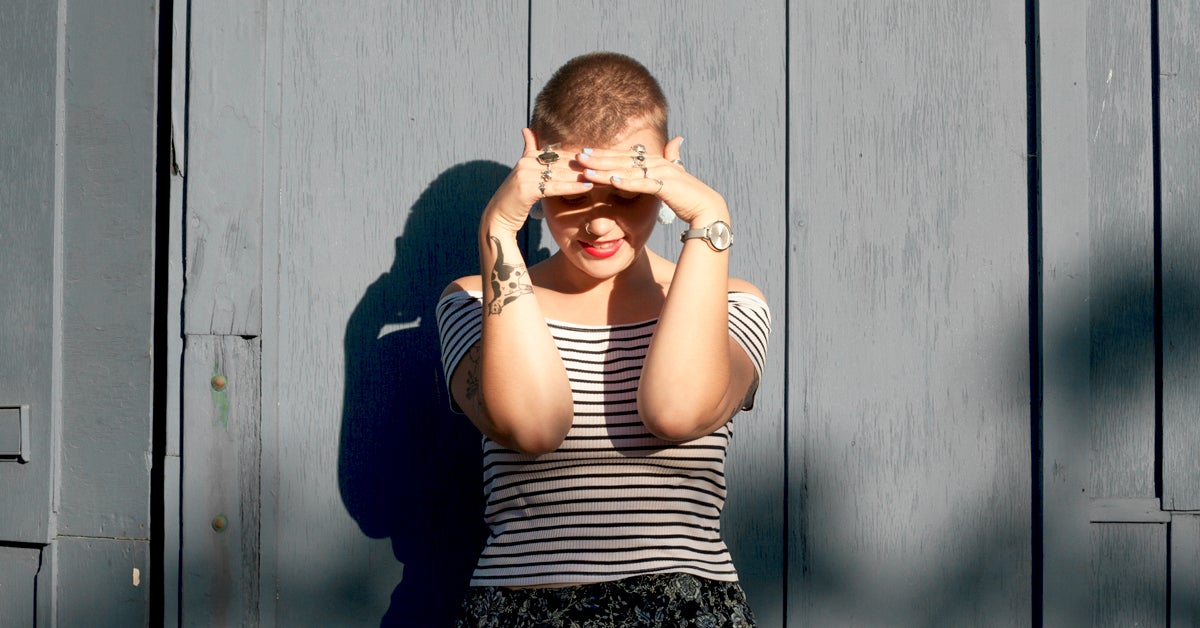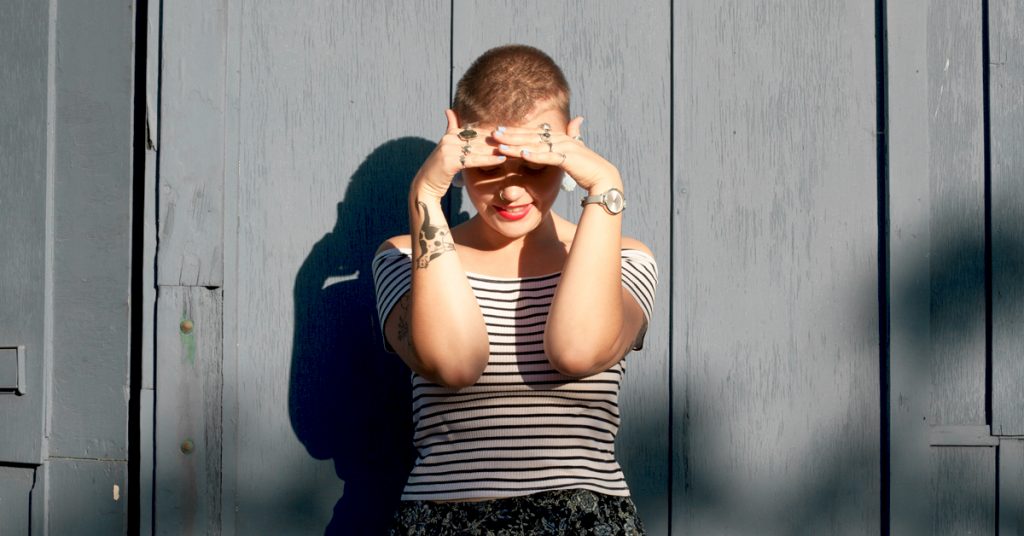
Anxiety impacts all of us at some point in our lives. But if your symptoms become persistent and excessive or interfere with daily life, you may have an anxiety disorder.
About 31.1 percent of American adults will experience an anxiety disorder in their lifetime.
There are several types of anxiety disorders, including phobias, panic disorder, generalized anxiety disorder, social anxiety disorder, phobias, and separation anxiety disorder, among others.
Read on to learn about the different types of anxiety, how they’re diagnosed, and which treatment methods are available.
We all react to stressful situations differently. Most of us, at some point, will exhibit signs of anxiety, such as stress, nervousness, worry, or fear, until the situation or stressor passes. It’s a normal biological reaction.
But if you have an anxiety disorder, you’ll likely experience an overwhelming feeling of anxiousness that can be excessive and persistent even when a stressor isn’t present.
Anxiety disorders are the most prevalent mental health condition in the United States, according to the Anxiety & Depression Association of America. If you’re diagnosed with an anxiety disorder, it often means that the symptoms are chronic and interrupt daily life.
Anxiety can trigger symptoms like:
- excessive fear and worrying
- restlessness
- agitation
- panic
- irritability
- irrational fear of danger
- racing thoughts
- shortness of breath or rapid breathing
- sleep issues
- headache and stomachache
- pounding heart
- insomnia
- trembling
- muscle tension
There are several different types of anxiety or anxiety disorders. Here are some of the more common types according to the National Institute of Mental Health.
Generalized anxiety disorder (GAD)
If you have generalized anxiety disorder (GAD), you’ll likely experience excessive worry that’s difficult to control. This worry often takes the form of rumination, or spending time excessively thinking or mulling over different events in the future — how they may play out and how you may deal with them.
It’s not uncommon to have symptoms and not be able to explain why. For people with GAD, symptoms like those listed above are present most days and for at least the past 6 months.
Social anxiety disorder/social phobia
Social anxiety disorder, also referred to as social phobia, is a fear of being embarrassed, humiliated, or criticized in a public setting like school or work.
You may have trouble talking to people or being in a large group. It’s not uncommon to avoid the places and situations that trigger this phobia.
Panic disorder
Panic disorder is characterized by recurring, unexpected panic attacks.
They often happen without warning and result in physical symptoms like chest pain, shortness of breath, sweating, shaking, and dizziness. They also may involve feeling dissociated from reality or having a sense of impending doom.
In general, an attack lasts less than 20 minutes.
Phobias
Phobias and specific phobias involve an irrational, overwhelming, and excessive fear of a place, situation, or object. Some of the more common phobias include:
Separation anxiety disorder
Separation anxiety disorder is most commonly diagnosed in kids, especially young children. However, adults can also experience this type of anxiety if they have extreme fear about something bad happening to a person in their life.
In children, the symptoms of fear, panic, worry, and anxiety surface when they’re separated from a parent or loved one. Adults may have extreme fear and worry about something tragic happening to a family member or loved one, even when they’re together.
Agoraphobia
Agoraphobia often occurs in response to panic attacks. If you have agoraphobia, you feel extreme fear or anxiety about having a panic attack or fear that something bad may happen in a specific place — usually outside the home.
You may avoid that place, usually confining yourself to the home, in order to stave off the possibility of something bad happening where you can’t access support or help.
You’ll often avoid feared places and situations at all costs.
Other types of anxiety
The Diagnostic and Statistical Manual of Mental Disorders, 5th edition (DSM-5) also lists other, less common types of anxiety, including:
- selective mutism
- substance- or medication-induced anxiety disorder
- anxiety disorder due to another medical condition
Some mental health conditions are commonly referred to as anxiety disorders and may have once been classified as one, but now have a separate diagnostic category in the DSM-5.
These include:
A mental health expert or medical doctor can diagnose anxiety. They’ll use different criteria based on the guidance of the DSM-5 to determine a diagnosis and recommend a treatment plan.
In addition to a lengthy physical examination and family history interview, your doctor will likely recommend a diagnostic test to assess your level of anxiety. Some of the more common diagnostic tests include:
- Zung Self-Rating Anxiety Scale
- Hamilton Anxiety Scale
- Beck Anxiety Inventory
- Social Phobia Inventory
- Penn State Worry Questionnaire
- Generalized Anxiety Disorder Scale
- Yale-Brown Obsessive Compulsive Scale
This article can help you learn more about how anxiety is diagnosed.
Anxiety may feel overwhelming and all-consuming, but there are ways to treat the symptoms so that you can feel better. The most common treatment methods for anxiety include:
Psychotherapy
Psychotherapy, or talk therapy, is a form of treatment for mental health issues like anxiety, depression, and other emotional difficulties or mental illnesses. It typically involves a therapist, counselor, social worker, psychologist, or psychiatrist and client working together to reduce or eliminate troubling symptoms that may be interfering with daily life.
Therapists have several types of psychotherapy to choose from, but some are better suited for specific issues like anxiety.
While each therapist uses their own treatment methods, here are a few that are recommended in the treatment of anxiety:
Medications
Antidepressants and anti-anxiety medications are both first-line pharmacological treatments for anxiety.
- Selective serotonin reuptake inhibitors (SSRIs). This class of drugs includes sertraline (Zoloft), citalopram (Celexa), escitalopram (Lexapro), and fluoxetine (Prozac).
- Tricyclics. Tricyclics include clomipramine (Anafranil) and imipramine (Tofranil).
- Benzodiazepines. Benzodiazepines include Xanax (alprazolam), Valium (diazepam), and Ativan (lorazepam).
- Monoamine oxidase inhibitors (MAOIs). MAOIs include isocarboxazid (Marplan), phenelzine (Nardil), selegiline (Emsam), and tranylcypromine (Parnate).
- Beta-blockers. Beta-blockers include propranolol and metoprolol tartrate (Lopressor).
Here’s more information about medications that may be prescribed to treat anxiety.
Lifestyle modifications and alternative options
Complementary approaches and lifestyle modifications for managing anxiety symptoms include:
Read this for more information about treatment options for anxiety.
There’s no cure for anxiety. However, with the right treatment and interventions, you can learn to manage anxiety symptoms.
Treatment may require a combination of approaches. The most common forms of treatment include psychotherapy such as CBT, medications like SSRIs and benzodiazepines, and lifestyle modifications like deep breathing, exercise, and meditation.
Speak with your doctor or a mental health professional if anxiety is interfering with your everyday life.

